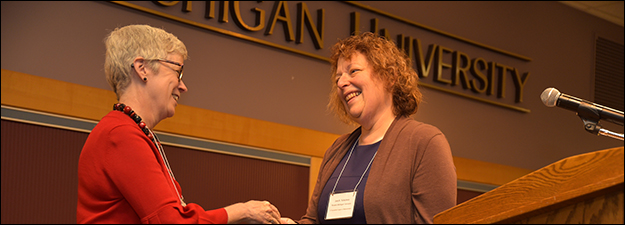Cusanus's Legacy in Number, Image, Text, and Sound
Sponsoring Organization(s)
American Cusanus Society
Organizer Name
Adam Knight Gilbert
Organizer Affiliation
Univ. of Southern California
Presider Name
Nancy van Deusen
Presider Affiliation
Claremont Graduate Univ.
Paper Title 1
Cusan Thought in Musical Symbolism and Theory, ca. 1430-1620
Presenter 1 Name
Adam Knight Gilbert
Paper Title 2
Performance of the Visual and Participation of the Divine: Sacred Representation in Cordier's Tout par compas
Presenter 2 Name
Rachel McNellis
Presenter 2 Affiliation
Case Western Reserve Univ.
Paper Title 3
Charles de Bovelles's Duodecimal System: The Creation of Renaissance Symbolic Number Theory
Presenter 3 Name
Tamara Albertini
Presenter 3 Affiliation
Univ. of Hawaii–Manoa
Start Date
11-5-2017 1:30 PM
Session Location
Schneider 1225
Description
Johannes Reuchlin’s 1517 De arte cabbalistica, represents both a watershed in syncretism and theological symbolism—linking the Divine Name to Pythagorean number and musical harmony— and a culmination of a medieval Dionysian and Cusan traditions. Thus, on the 500th anniversary of Reuchlin’s work, this panel explores Dionysian and Cusan theology's legacy and analogues in late medieval and Renaissance poetry, visual art, music, and mathematics.
Donald F. Duclow
Cusanus's Legacy in Number, Image, Text, and Sound
Schneider 1225
Johannes Reuchlin’s 1517 De arte cabbalistica, represents both a watershed in syncretism and theological symbolism—linking the Divine Name to Pythagorean number and musical harmony— and a culmination of a medieval Dionysian and Cusan traditions. Thus, on the 500th anniversary of Reuchlin’s work, this panel explores Dionysian and Cusan theology's legacy and analogues in late medieval and Renaissance poetry, visual art, music, and mathematics.
Donald F. Duclow

